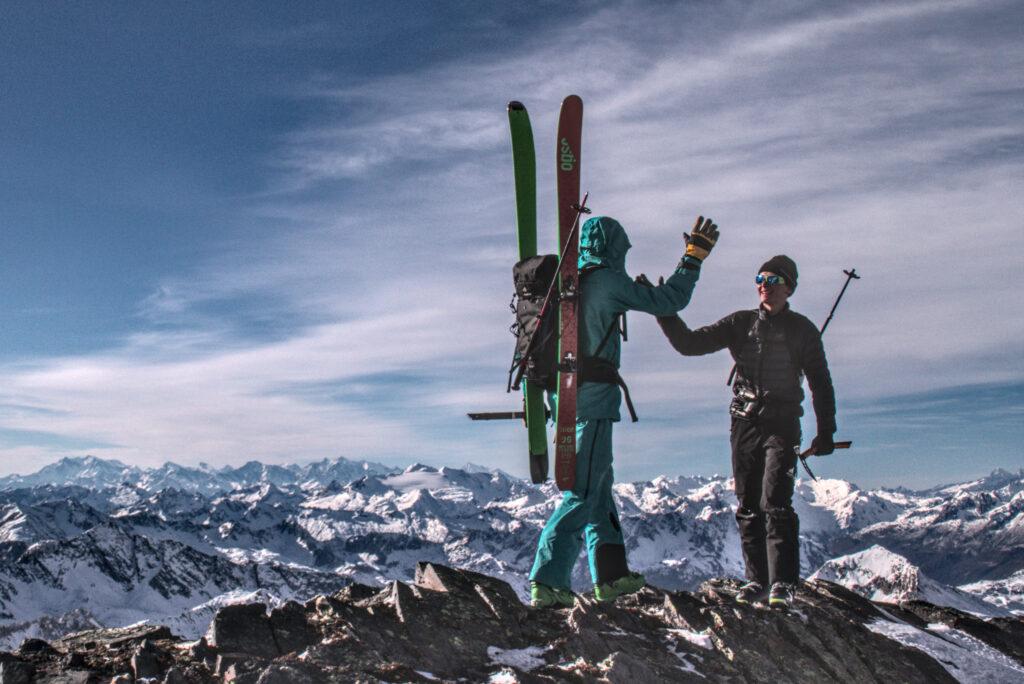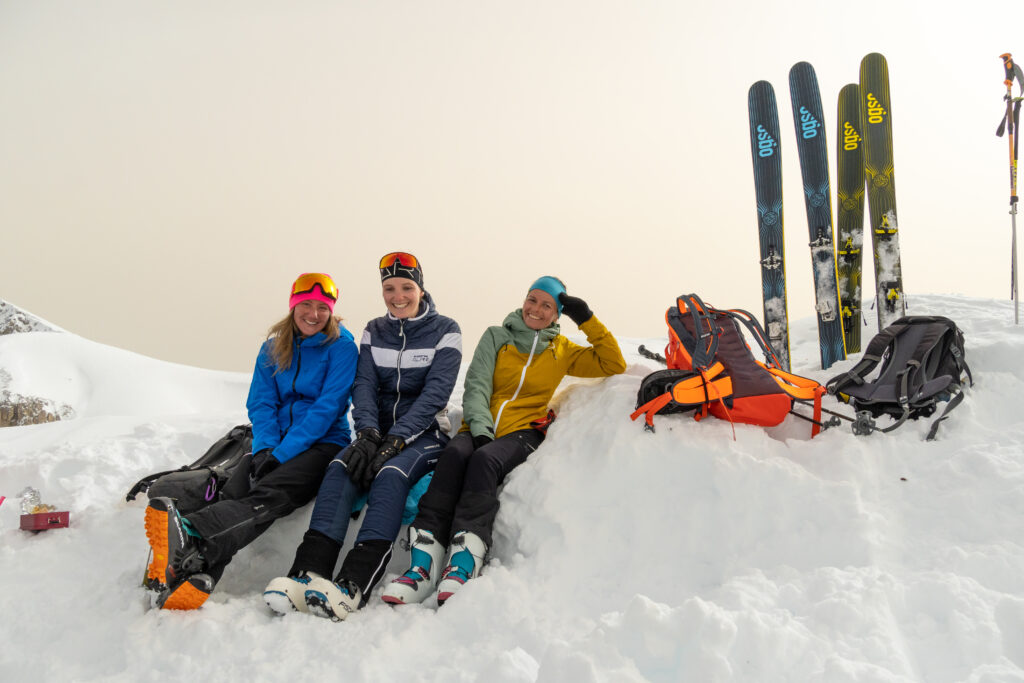Ski touring, also known as backcountry skiing, has gained immense popularity in recent years. This exhilarating outdoor activity combines the thrill of downhill skiing with the adventure of exploring untracked terrain. However, ski touring is not just about the physical experience—it’s also about the rich culture that surrounds it. In this blog post, we will delve into the history of ski touring, explore the different types of ski touring communities, and discuss the importance of community in this captivating sport.
Ski Touring historical overview :
The roots of ski touring can be traced back to ancient civilizations where skis were primarily used as a means of transportation. However, it was in the late 19th century when skiing emerged as a recreational activity. Ski touring, in particular, became popular among explorers and mountaineers who sought to venture beyond the boundaries of traditional ski resorts.
One of the pioneers of modern ski touring was Fridtjof Nansen, a Norwegian explorer who embarked on daring expeditions in the late 1800s. Nansen’s expeditions across Greenland and the Arctic required extensive ski use, contributing to the development of equipment and techniques for backcountry skiing. His influence paved the way for the growth of ski touring as a recreational sport.
In the early 20th century, ski touring gained momentum in Europe, with the Swiss Alps becoming a hub for enthusiasts. The sport continued to evolve, and advancements in equipment, such as lightweight skis and bindings, made it more accessible to a wider audience. Ski touring eventually spread to North America, where the vast mountain ranges and pristine backcountry terrain provided an ideal playground for enthusiasts.

The Different Types of Ski Touring Communities
Ski touring communities are diverse and vibrant, encompassing a wide range of individuals with a shared passion for exploring the mountains. Let’s take a closer look at some of the different types of ski-touring communities you may encounter:
Alpine Touring:
This type of ski touring is focused on ascending and descending mountains. Alpine touring enthusiasts often seek the thrill of steep slopes and challenging terrain, pushing their limits both physically and mentally.
Nordic Touring:
Nordic touring, also known as cross-country skiing, emphasizes long-distance travel across rolling terrain. It offers a unique opportunity to experience the serenity of nature while improving endurance and fitness.
Hut-to-Hut Touring:
Hut-to-hut touring involves traveling between mountain huts or lodges, which are strategically located in remote backcountry areas. This type of ski touring allows participants to embark on multi-day journeys, immersing themselves in the wilderness while enjoying the comfort of cozy accommodations.
Splitboarding:
Splitboarding is a form of ski touring specifically designed for snowboarders. The snowboard splits into two separate skis for ascending and then reassembles for the descent. Splitboarding has gained popularity among snowboarders who want to explore the backcountry without sacrificing their love for riding.

Ski Touring: Importance of Community:
One of the defining characteristics of ski touring is the strong sense of community that permeates through its culture. Ski tourers often form close-knit bonds with fellow enthusiasts, sharing experiences, knowledge, and a deep appreciation for the mountains. Here are a few reasons why community is vital in ski touring:
Safety and Education:
The backcountry can be unpredictable and potentially hazardous. Being part of a community provides access to experienced individuals who can share valuable insights and safety tips. Learning from seasoned tourers can help newcomers develop the necessary skills and knowledge to navigate the backcountry responsibly.
Camaraderie and Support:
Ski touring can be physically demanding and mentally challenging. Having a supportive community can make a significant difference in overcoming obstacles and pushing personal boundaries. The camaraderie among tourers forges strong bonds that extend beyond the slopes, creating lasting friendships built on shared experiences and a passion for the sport. Whether you’re navigating steep ascents, carving fresh lines in pristine powder, or simply enjoying the breathtaking views together, the sense of camaraderie in ski touring is unparalleled.
In addition to the emotional support, being part of a community of fellow tourers can also enhance safety on the mountain. Experienced tourers often share valuable knowledge and advice, helping newcomers learn about avalanche safety, route planning, and essential gear. This exchange of information can save lives and ensure that everyone enjoys the backcountry responsibly.
Furthermore, the ski touring community often collaborates on trips, organizing group excursions to explore new terrain and tackle more challenging routes. These group adventures can provide a sense of motivation and encouragement to take on routes that might seem intimidating alone, pushing individuals to reach new heights and achieve their goals in the world of ski touring.
Ultimately, the sense of camaraderie in ski touring enriches the overall experience, fostering a welcoming and inclusive environment where individuals can continually grow and thrive while exploring the beauty of the mountain wilderness. Whether you’re a seasoned tourer or a novice looking to get started, the support and friendship of this community can make your ski-touring journey all the more rewarding.
In conclusion, ski touring is more than just a physical endeavor—it’s a celebration of history, a collaboration of communities, and a testament to the unbreakable bond between humans and the majestic mountains.

